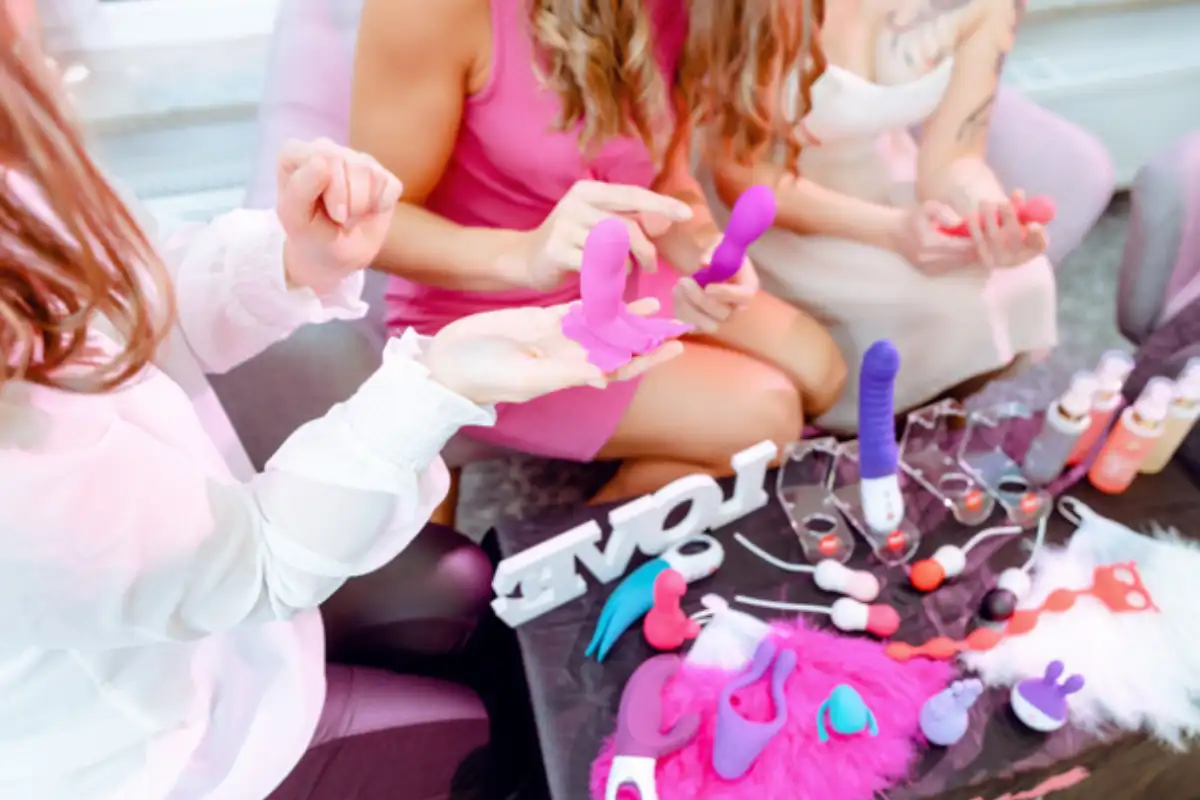Introduction
Vibrators are one of the most popular and widely used adult toys for women, providing pleasure, relaxation, and even health benefits. However, like any personal item, using a vibrator safely is essential to ensure a pleasurable and risk-free experience. Proper usage, hygiene, and storage can prevent infections, skin irritations, and other potential issues.
Whether you’re a beginner or an experienced user, this guide will provide important safety tips on how to choose, use, clean, and maintain a vibrator properly.
1. Choosing the Right Vibrator
Selecting the right vibrator is the first step to a safe and enjoyable experience. Here are some factors to consider:
A. Body-Safe Materials
Always choose vibrators made from medical-grade silicone, ABS plastic, or stainless steel. Avoid products made with jelly rubber or phthalates, as they can contain harmful chemicals that may cause irritation.
B. Size and Shape
Beginners may prefer smaller, less intense vibrators, while experienced users may enjoy larger, more powerful ones. Choose a shape that fits your comfort level and pleasure preferences.
C. Battery vs. Rechargeable Vibrators
- Battery-operated vibrators are convenient for travel but require frequent battery changes.
- Rechargeable vibrators are eco-friendly and often provide stronger, longer-lasting vibrations.
D. Waterproof Features
If you plan to use your vibrator in the shower or bathtub, make sure it is fully waterproof and not just water-resistant.
2. Preparing for Use
Before using your vibrator, take a few simple steps to ensure a safe and comfortable experience.
A. Clean Before First Use
Wash your new vibrator with warm water and mild soap or a toy cleaner before using it for the first time. This removes any residue from manufacturing or packaging.
B. Use a Safe Lubricant
Lubrication enhances pleasure and prevents discomfort. However, choose the right type of lubricant:
- Water-based lubricants: Safe for all vibrator materials and easy to clean.
- Silicone-based lubricants: Long-lasting but should not be used with silicone vibrators as they can damage the surface.
C. Check for Damage
Inspect the vibrator for cracks, loose parts, or damage before use. Damaged toys can harbor bacteria or cause injury.
3. Safe Usage Tips
A. Start Slowly
If you’re new to vibrators, begin with lower vibration settings and gradually increase intensity. Rushing into high speeds may cause discomfort.
B. Be Gentle and Listen to Your Body
- Avoid using excessive pressure.
- Stop immediately if you experience pain, discomfort, or numbness.
- Change positions or vibration patterns to prevent overstimulation.
C. Limit Usage Time
While vibrators provide intense pleasure, prolonged use can lead to temporary numbness or desensitization. Experts recommend using a vibrator for no more than 15-30 minutes at a time.
D. Avoid Sharing Without Protection
If sharing a vibrator with a partner, use a condom over the toy to prevent the spread of bacteria or infections.
E. Do Not Insert Too Deeply
For vibrators designed for internal use, be mindful of how deep you insert them. Avoid pushing too far, especially with non-flared toys, to prevent discomfort or difficulty in removal.
4. Cleaning and Maintenance
Proper cleaning is essential for vibrator safety. Follow these steps to keep your toy hygienic and in good condition.
A. How to Clean a Vibrator
- Non-electric (waterproof) vibrators: Wash with warm water and antibacterial soap or a toy cleaner after each use.
- Electric (non-waterproof) vibrators: Wipe down with a damp cloth and mild soap, avoiding water exposure to battery compartments or charging ports.
B. Drying and Storage
- Let the vibrator air dry completely before storing.
- Store in a clean, dry place, preferably in a storage pouch or box to prevent dust and bacteria buildup.
C. Battery and Charging Safety
- If using a battery-powered vibrator, remove batteries when not in use to prevent corrosion.
- For rechargeable vibrators, avoid overcharging to preserve battery life.
5. Avoiding Common Mistakes
A. Using the Wrong Lubricant
As mentioned earlier, silicone-based lube can degrade silicone vibrators. Always check compatibility before applying lubricant.
B. Skipping Cleaning
Not cleaning your vibrator after use can lead to bacterial buildup, yeast infections, or skin irritation.
C. Using a Damaged Vibrator
Cracked or damaged vibrators should be discarded immediately to avoid injury or bacterial contamination.
D. Inserting a Non-Insertable Vibrator
Some vibrators are designed for external stimulation only. Inserting them may cause discomfort or difficulty in removal.
E. Using a Vibrator While Injured or Unwell
If you have skin irritation, infections, or any genital discomfort, avoid using a vibrator until you have fully healed.
6. Exploring New Vibrator Features Safely
Modern vibrators come with advanced features like app controls, suction, and pulsation modes. If you’re experimenting with new technology:
- Read the instructions carefully to understand how the device works.
- Test different settings slowly to find what feels best for you.
- Ensure Bluetooth or app-connected toys come from reputable brands with proper security measures.
7. When to See a Doctor
While vibrators are generally safe, you should seek medical advice if you experience:
- Persistent pain or discomfort after use.
- Signs of infection, such as redness, itching, or unusual discharge.
- Loss of sensation or numbness that lasts for hours or days.
Doctors and sexual health specialists can provide guidance on any concerns related to vibrator use.
8. Final Thoughts
Vibrators are a fantastic tool for self-pleasure, relaxation, and intimacy enhancement, but safety should always come first. By choosing a body-safe vibrator, cleaning it properly, and using it responsibly, you can enjoy a pleasurable and worry-free experience.
Key Takeaways:
✔ Choose a body-safe, high-quality vibrator.
✔ Use water-based lubricant for easy glide and comfort.
✔ Start slowly and adjust intensity based on your comfort level.
✔ Clean and store your vibrator properly after each use.
✔ Listen to your body and stop if you feel discomfort.
✔ Avoid using damaged or cracked vibrators.
✔ Seek medical help if you experience pain or unusual symptoms.
By following these safety tips, you can confidently enjoy your vibrator while prioritizing health, hygiene, and personal comfort. Happy exploring!
